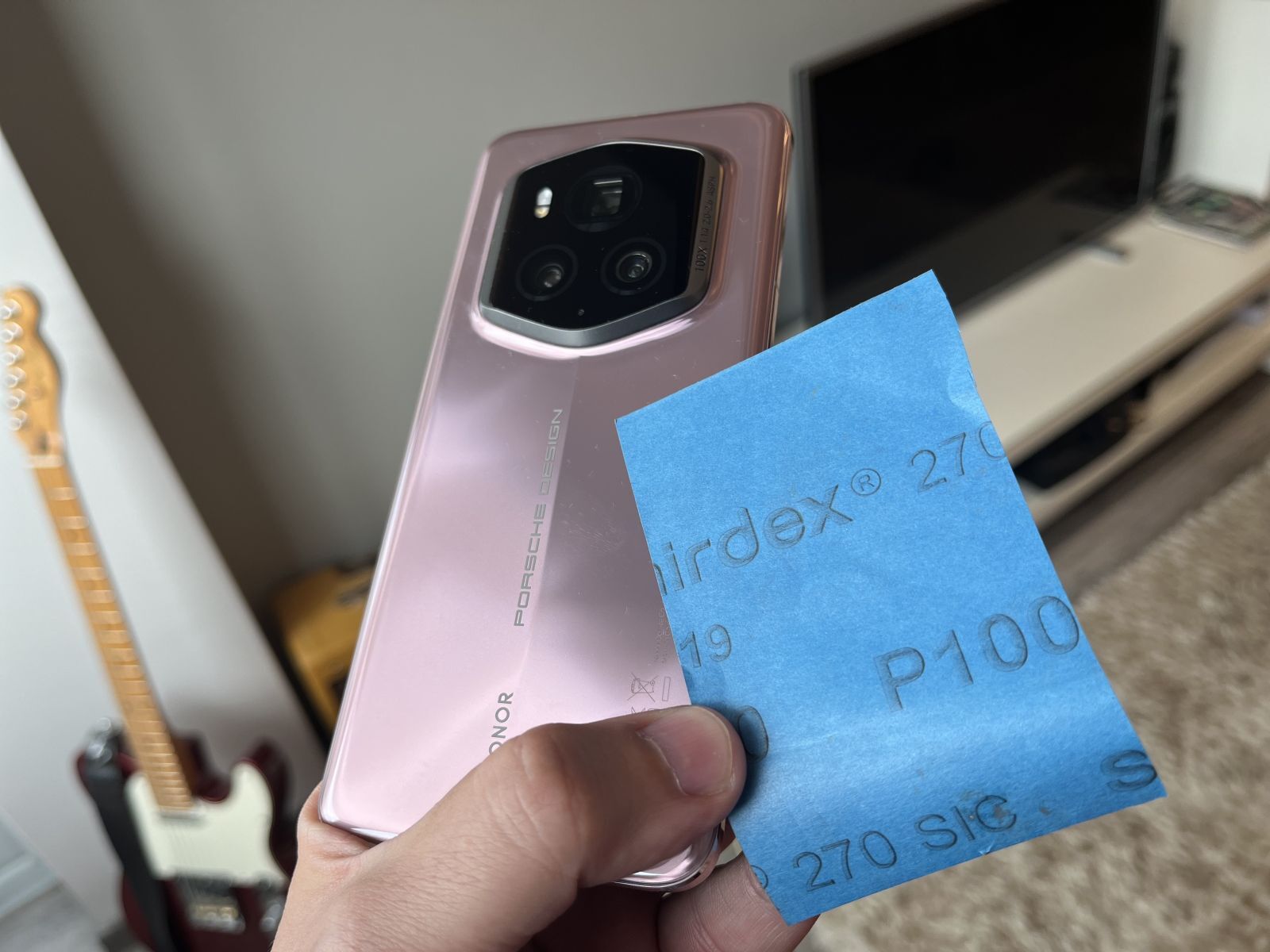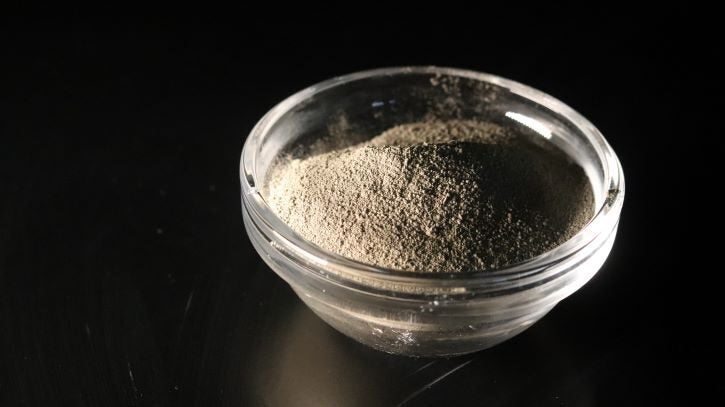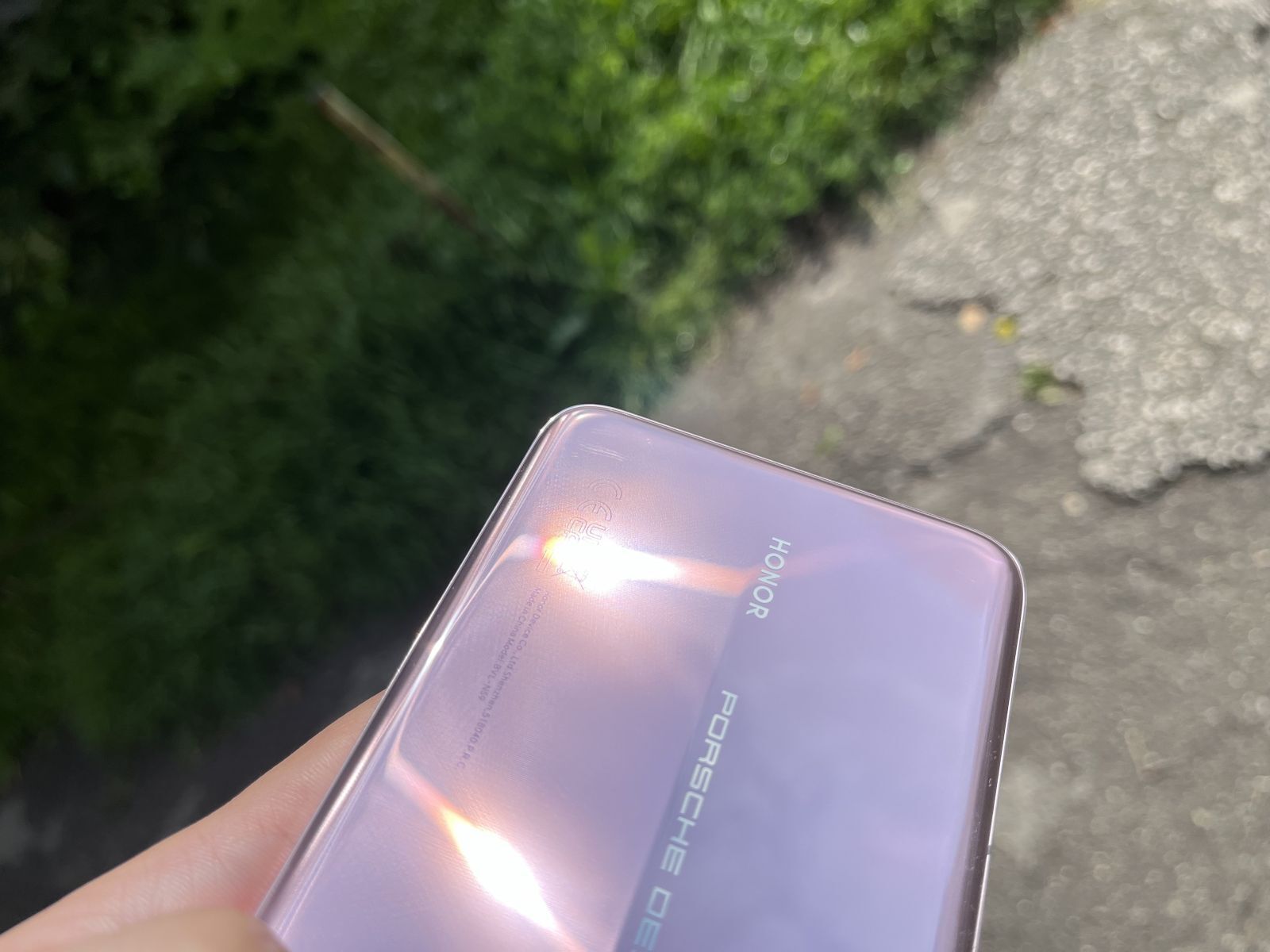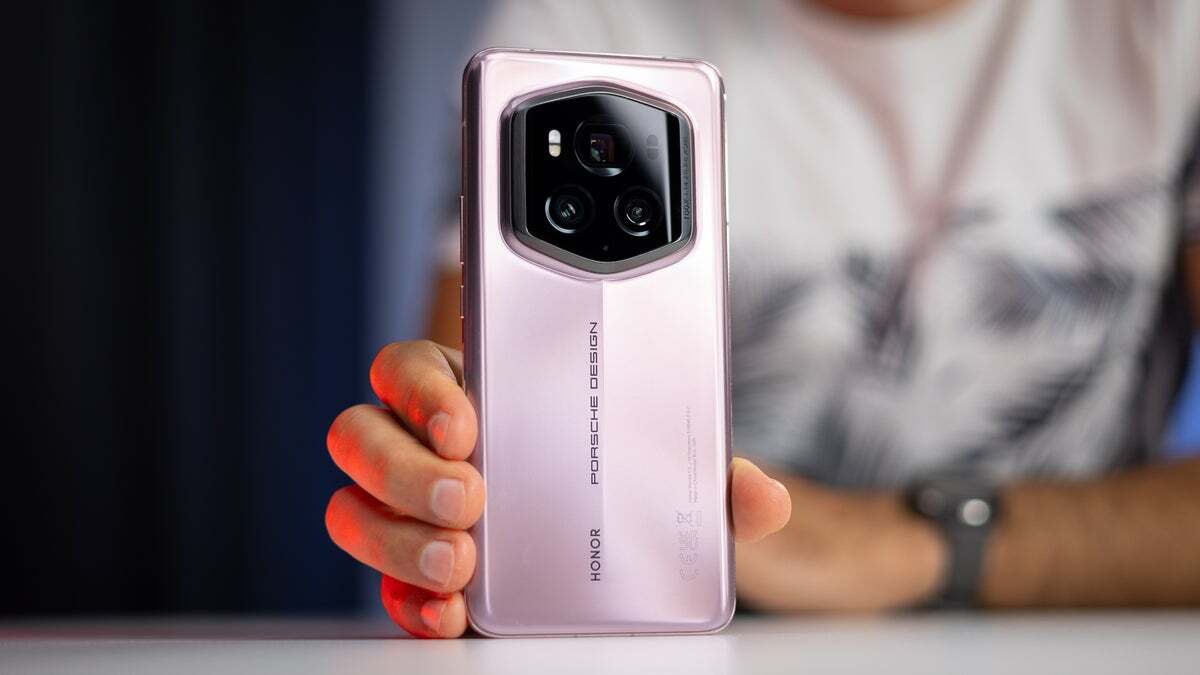With that being said, I want to talk about one feature that I think could be a game changer for the smartphone industry. It’s the silicon nitride (Si3N4) material used on the RSR’s front and back. I’ve lived through (or, should I say, scratched through) many claims of unscratchable smartphone surfaces, and only ceramic left a mark (even though there were no marks on the ceramic). With that silly little pun, let’s run some tests (spoiler, it’s JerryRigEverything, but in the real world).
The tests


Phone and sandpaper, just a regular day at work
First of all, I’m not Zack from JerryRigEverything, so no Mo’s scale hardness tests, sadly (we should start doing those; shout out in the comment section if you want more stress tests in the future). I decided to take a more empirical and real-life approach.I use all of my smartphones without a cover or a case (to me, it’s a failed design if you need to hide it under a plastic-rubber contraption), and most of the time they get scratched when left on my kitchen top, dropped on the sidewalk, or when I apply sandpaper to them (okay, the last one is a joke, obviously, but Honor mentioned it as a potential test in the review guide, so why the hell not?).
The results

Sliding the phone on my kitchen top, which is made of granite (a hard and almost indestructible stone, at least when pitted against glass, that is), left absolutely no marks on the back. I’ve done this before during the review phase of the phone, but now I have it on video.

Putting a $2,500 phone on the sidewalk and tossing it around is not for the faint of heart. Again, I did this test when doing the review but thought it deserved a separate article. I couldn’t find any scratches after this, and it’s hard to catch on video because under direct sunlight, the back of the Honor Magic 6 RSR reveals a very interesting structural pattern (probably something to do with the crystal lattice).

Finally, I applied some sandpaper to the back with plenty of force, as you can see and hear in the video. Honor suggested this test in the review guide, so I guess they feel pretty confident the phone will survive. Bear in mind that it was fine grade sandpaper, as I had already done the coarse sidewalk test.
What is silicon nitride?


Silicon nitride powder
Let’s start with a short and easy answer. Silicon nitride is a glass-ceramic composite. In some areas (such as dentistry), it is considered ceramic, while in other medical applications (prosthetics, bone fusion), it’s listed as a ceramic-glass composite.
Silicon nitride is used in so many areas that I’m tempted to call it a wonder material. When I did my research for the article, I stumbled upon tons of different applications, depending on the manufacturing process and the specific properties of the material.


Silicon nitride thruster
We use silicon nitride in car engines for its temperature resistant properties; we use it in bearings, we use it as a metal cutting material, also in rocket thrusters (!), we use it as an insulator in electronics, in solar cells, and even in fringe technologies such as photonic integrated circuits. And now we find it on the back (and front) of a smartphone.
Is it really unsratchable?


You can see the scratch in the upper left corner
No, it isn’t. I managed to get a mark in by using a synthetic diamond nail-polishing tool. It’s a small scratch in the corner (visible in the photo), so materials made specifically to be hard and to scratch things (cutting and polishing tools) will scratch this silicon nitride back.


Synthetic diamond bore wins!
But I don’t think you carry synthetic diamonds or cutting discs in your pocket, do you? This material reminds me of the ceramic back used on the Xiaomi Mi Mix 2 back in the day. It was almost unscratchable but very brittle. I haven’t done any drop tests yet (I can literally hear my Editor-in-Chief’s hair going white then falling), but I feel this composite material might be stronger as there’s some plasticity preserved in silicone nitride.
Conclusion


We need silicon nitride phones under $1000!
Well, can you guess the main drawback of the silicon nitride? Let me pull out a citation from one scientific study. “Silicon nitride ceramics have several excellent properties and clear advantages over other structural materials, but many potential applications are still not realized. A breakthrough in their use is inhibited by the high costs of the components…” Also from Wikipedia: “In general, the main issue with applications of silicon nitride has not been technical performance, but cost.”
I really think every phone, not only the iPhone 16 Pro Max, needs this, but given the fact this material has appeared on a luxury Porsche Design phone that costs two and a half grand, chances are slim at the moment.
So, listen to me, Apple and Samsung. Stop it with this titanium frame nonsense and give us some silicon nitride glass-ceramic on the front and back!
#Big #Phone #Unscratchable #Display #raises #bar #future #iPhone #Galaxy


